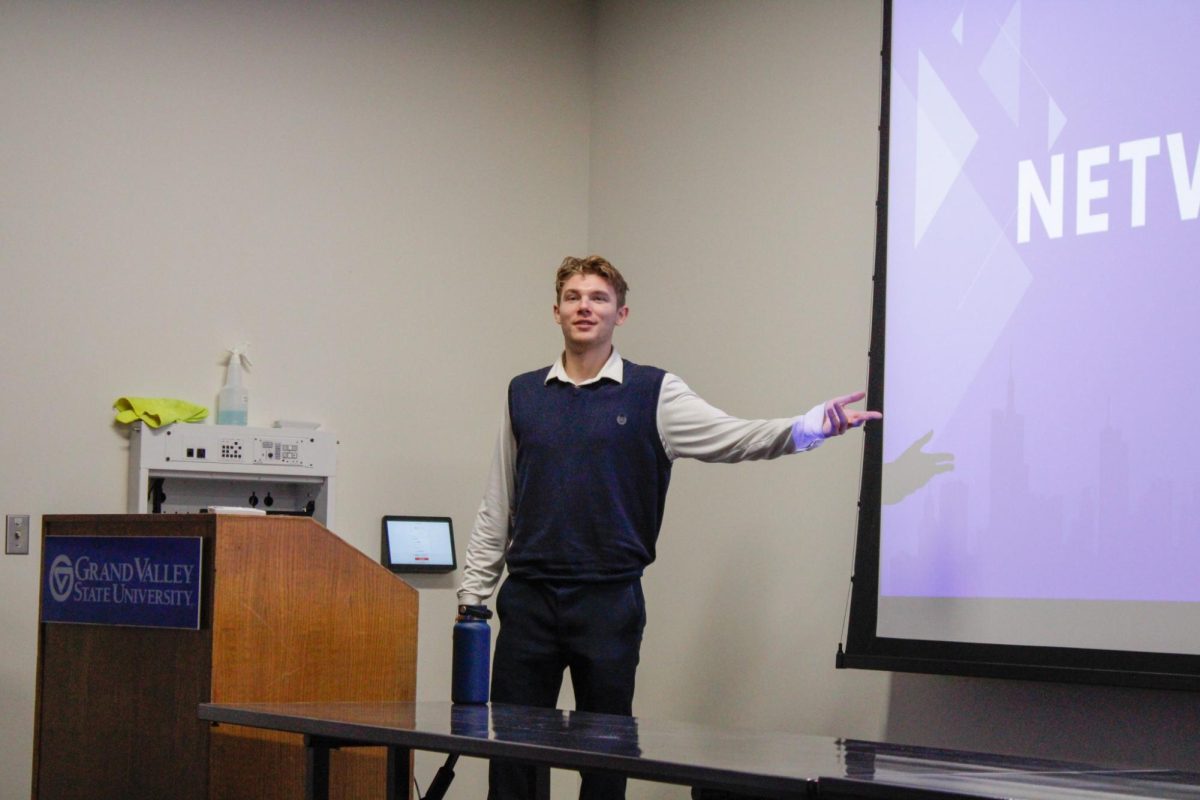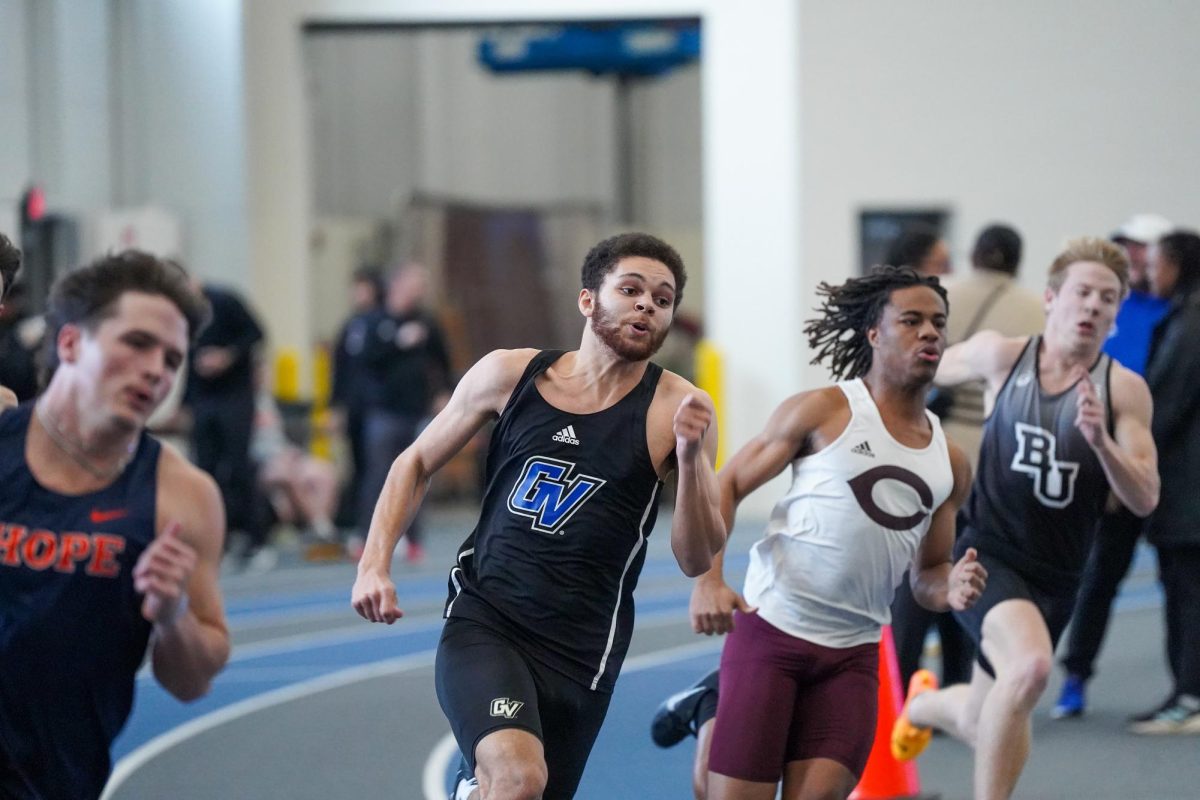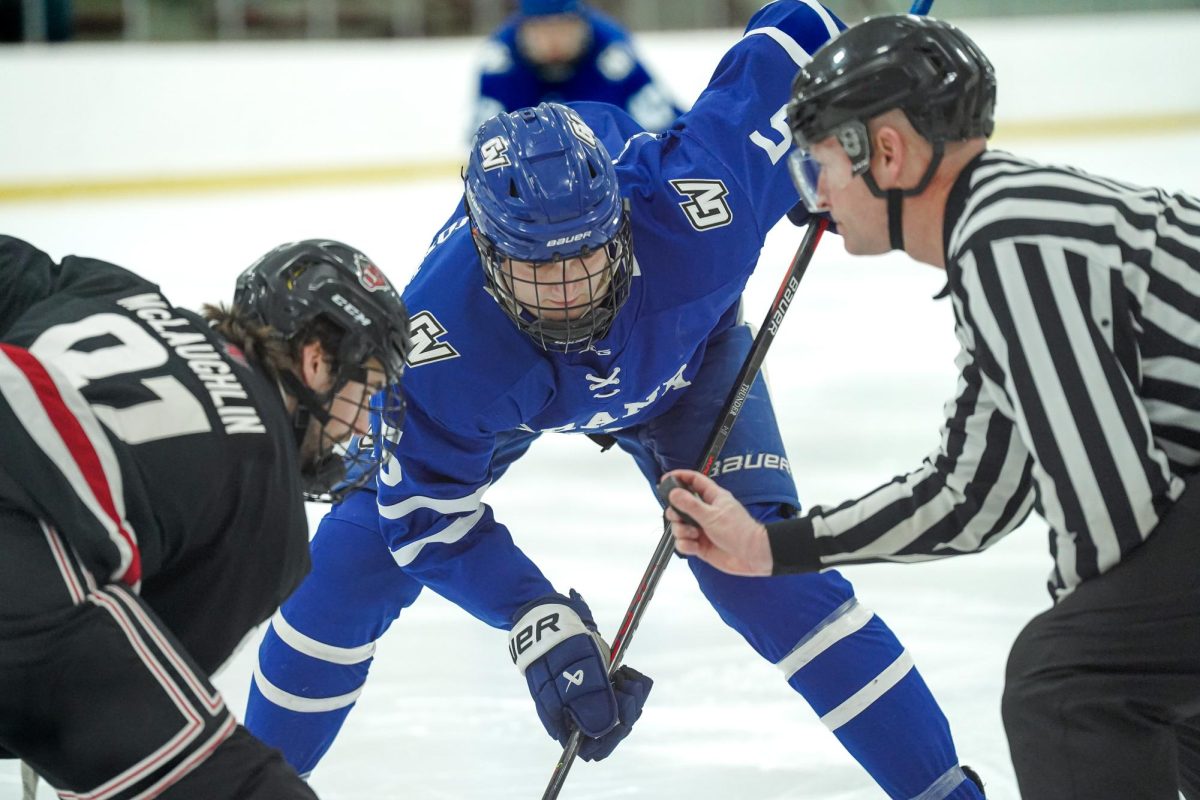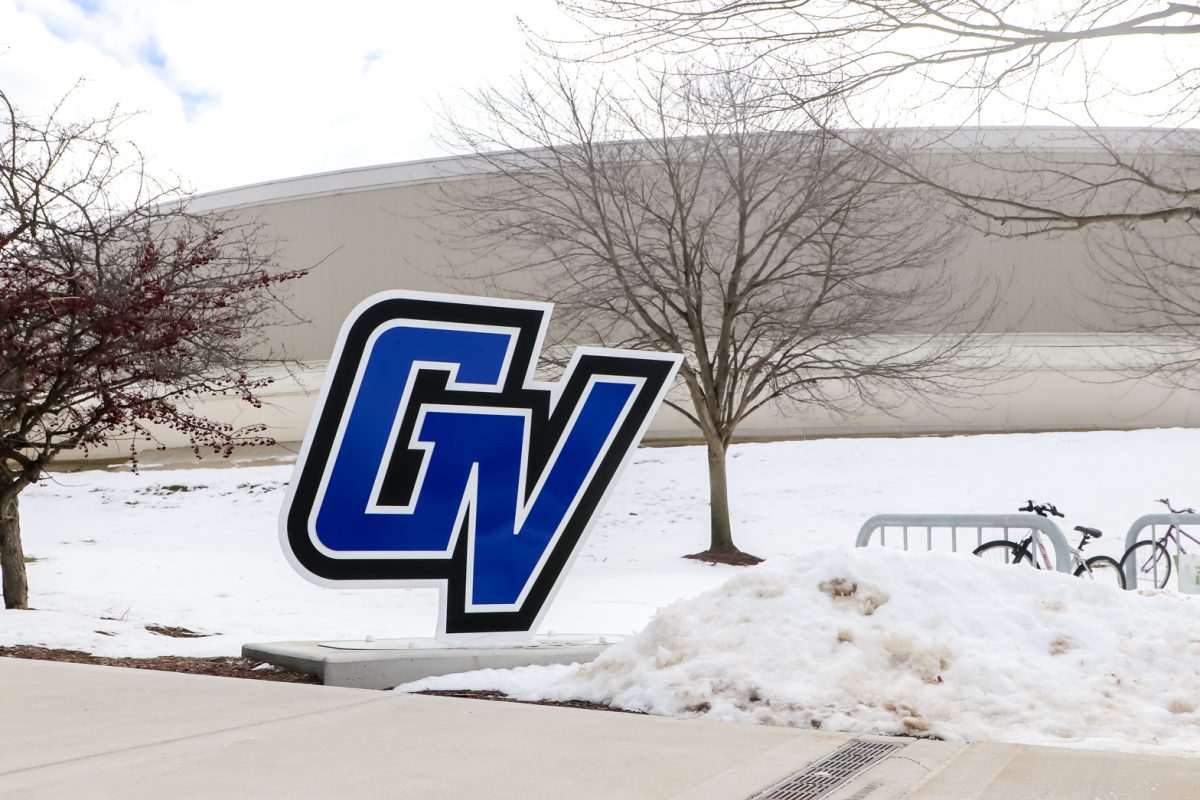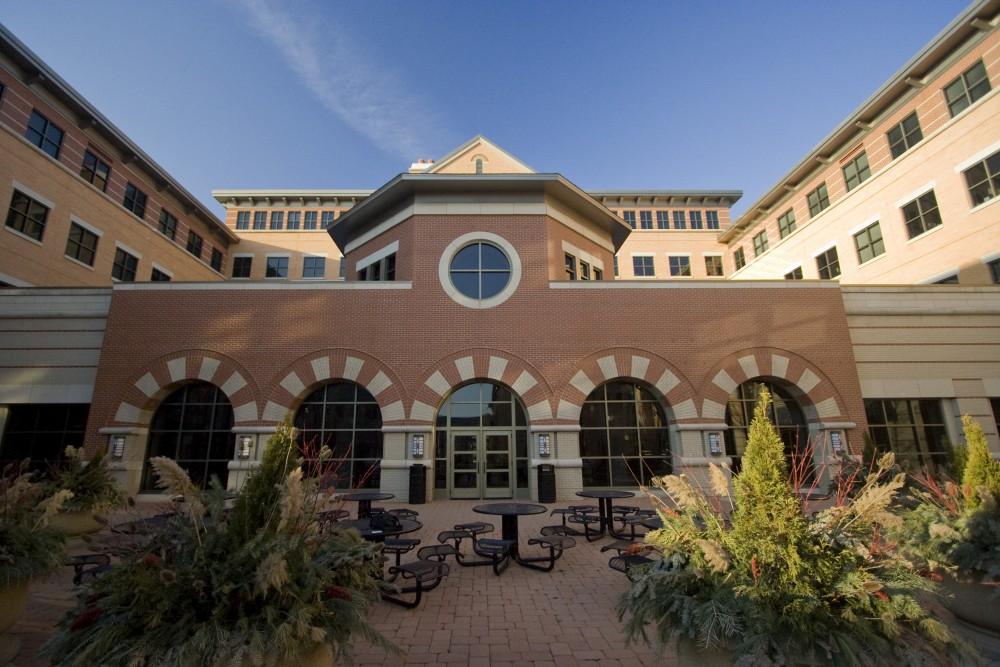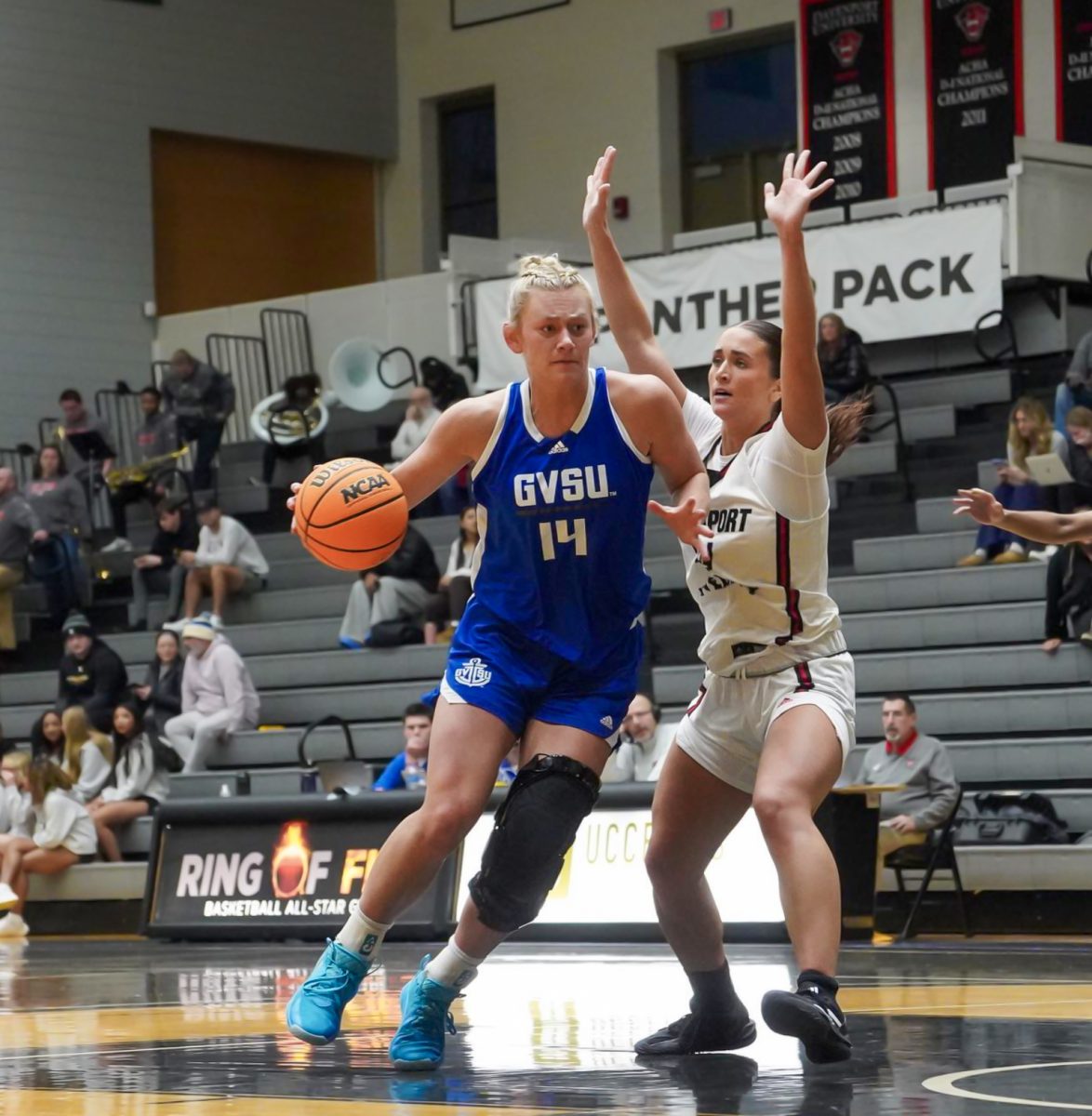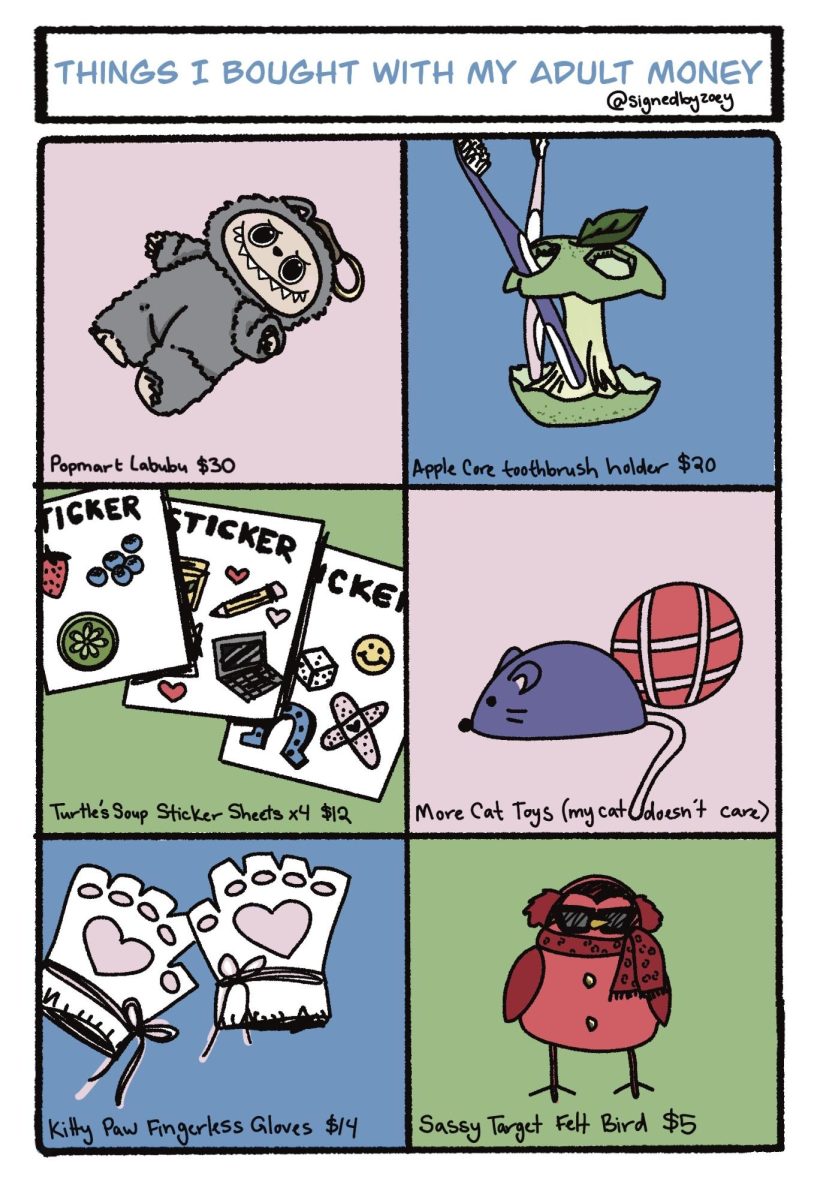GV professors discuss neurodivergence in higher education
Feb 7, 2022
On Feb. 4, Grand Valley State University’s Office of Undergraduate Research and Scholarship held an inclusive online seminar for interested staff and faculty to learn about neurodivergence and teaching neurodiverse students. This session was the first of a two-part series that will conclude with a second session on Friday, Feb. 18.
The event was attended by professors from several different departments. From math to music, professors were interested to learn more about neurodiverse students and new ways to be supportive when catering to their strengths and struggles.
The talk was hosted by GVSU professor Jamie Owen-DeSchryver, whose research area focuses on autism. Conditions such as ADHD, dyslexia, OCD and Tourette’s syndrome all fall under the neurodivergence umbrella and were covered at the talk.
Lauren Keough, an assistant professor at GVSU since 2016, attended the talk after noticing an increased number of students discussing their neurodivergent diagnoses. Lately, Keough said more students are willing to reach out to her and talk about their neurodivergent conditions and the struggles that those conditions may bring to her class.
Keough has also noticed more students struggling in general, whether they disclosed that information with her or not.
“We’re all struggling, especially going into our third year of the pandemic,” said Keough.
The talk was attended by around 20 other GVSU professors who had similar concerns to Keough’s. Some professors even confided during group sharing that they also fall under the neurodivergent umbrella.
Owen-DeSchryver started the talk by focusing on what neurodivergence means and how it can affect students in positive and negative ways. Some students may not know that they are thinking differently in the first place, which makes it hard to figure out how others can help and bring out the strengths in neurodivergent individuals.
One of the main goals discussed by attendees was figuring out new ways to change stigma and embrace differences.
“We want people to think differently, but we also stigmatize when people are thinking differently,” Keough said.
Neurodivergence can appear in students in many ways. Common signs include having trouble with organization, meeting strict deadlines and paying attention to small details in course work. On the other hand, neurodivergence can also bring about increased creativity, enthusiasm, thinking outside the box and longer periods of sustained energy.
Keough said no person with Autism Spectrum Disorder is the same and that challenges and strength vary from person to person. She has been able to notice that with students who have shared their diagnosis with her, no two are the same. Everyone has different strengths and weaknesses.
“A lot of faculty and staff attended the meeting and we hope students reach out to us for the things they need to succeed at Grand Valley,” Keough said. “We’re all here right now doing our best.”
After having attended this seminar, Keough is looking forward to attending the next session which will focus on how to help students more specifically. Together, the end goal of the two sessions is to inform professors on the background of neurodivergence and how to move forward and bring about change in their classrooms.
The next talk will only be open to professors. Interested attendees are encouraged to attend both sessions to get the full breadth of information available. RSVP links are available on the GVSU Events page.







